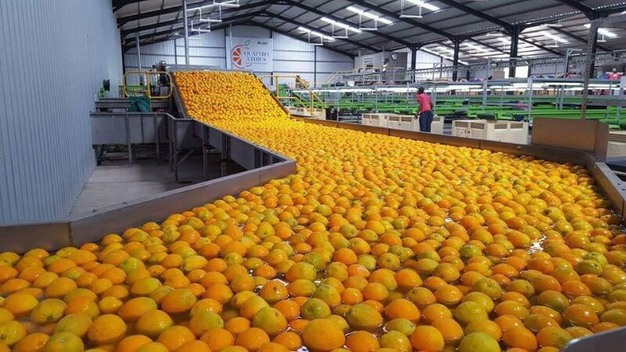Normal market forces have been responsible for the downward trend in export earnings over all citrus commodities. In his latest newsletter Citrus Growers’ Association CEO Justin Chadwick points out that the much-vaunted increase in citrus production of the past few years has had its corollary in diminishing returns.
The average returns were lower for all citrus commodities, but appreciably so for lemons and soft citrus.
According to the Department of Agriculture, Forestry and Fisheries, export earnings for lemons rose by two-thirds over the past six years, reaching a peak of R16,500 (1,027 euros) per tonne in 2016/17, a price that won’t be seen again in the immediate future as the available lemon supply continues growing.
In fact, the CGA itself estimates that lemon income per tonne halved over the past season, to about R8,000 (500 euros).
Total lemon production has more than doubled in South Africa, coming to 473,000 tonnes last year, and still, a huge proportion of the country’s new lemon orchards are not yet in production, while planting continues.
Soft citrus has followed the same trend: both the increase in earnings and total production more than doubled, with many new hectares not onstream yet. Of all citrus commodities, soft citrus currently brings in the highest return per tonne, just below R10,000 (622 euros).
The same can be seen for grapefruit, which had a poor season last year, but could reverse this trend this year.

The more stable orange market has had a more gradual decrease in earnings, although the latter stands to benefit from an increase of orange juicing options at consumer level. DAFF figures show an increase in oranges for processing from 190,000 tonnes in 2017/18 to an estimated 400,000 tonnes this season.
Diminishing returns therefore have been expected by the industry as a function of market processes, a state of affairs that can be stemmed by two factors: expanding consumption among existing consumers and finding new consumers. Where consumption worldwide is stagnant, that places much pressure on the industry to monitor trade flow and fruit specification.
